May 22, 2025 | 05:09 GMT +7
May 22, 2025 | 05:09 GMT +7
Hotline: 0913.378.918
May 22, 2025 | 05:09 GMT +7
Hotline: 0913.378.918
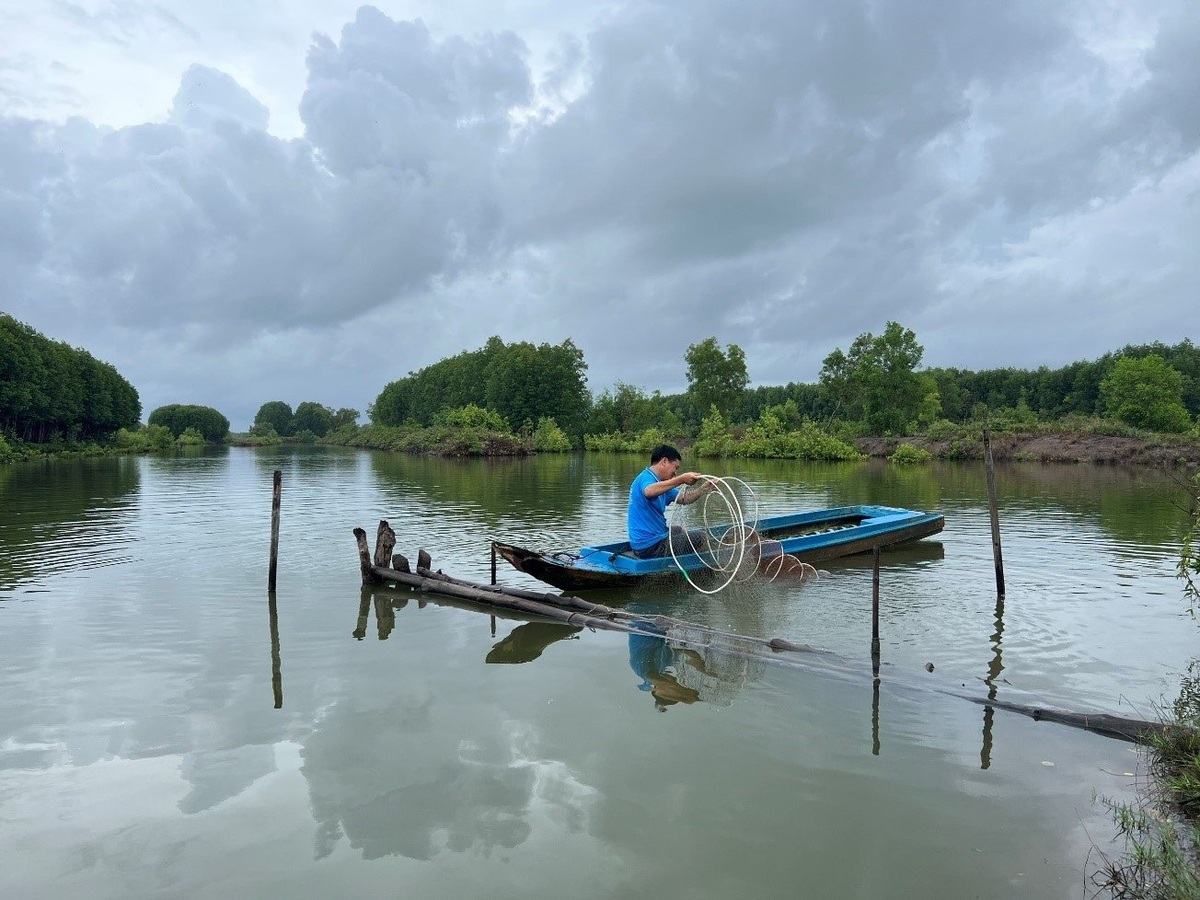
Fishing habits also need to change to protect seagrass and sustainable ecosystems. Photo: VAN.
A complex interplay of each country's historical context and differing management approaches shapes the impacts in any given area, many of which can be traced back to the 1972 Stockholm Conference on the Human Environment. The conference emphasized the cumulative economic use of estuaries and coastlines by multiple nations, which is a result of overlapping developments in industry, resource extraction, agriculture, fisheries, and aquaculture throughout Southeast Asia.
Interconnectivity throughout Southeast Asia is bolstered by the region's transportation sector, which is a critical industry. This covers the extensive transportation of petroleum from Middle Eastern and neighboring Asian oil fields through regional waters to ports in eastern China, South Korea, and Japan.
Urbanization is most intensive in China's megacities, Singapore, and, to a greater extent, Penang Island. In this region, the effects on seagrass and mangroves are the result of port expansions and urban-industrial development, which involve extensive dredging and land reclamation. These factors are further exacerbated by plastic pollution and waste accumulation in constrained areas such as the Strait of Malacca, which were poorly managed until barely a decade ago.
Consequently, urban and industrial areas contain minimal natural seagrass, despite their proximity to some of the world's most productive and dense seagrass meadows.
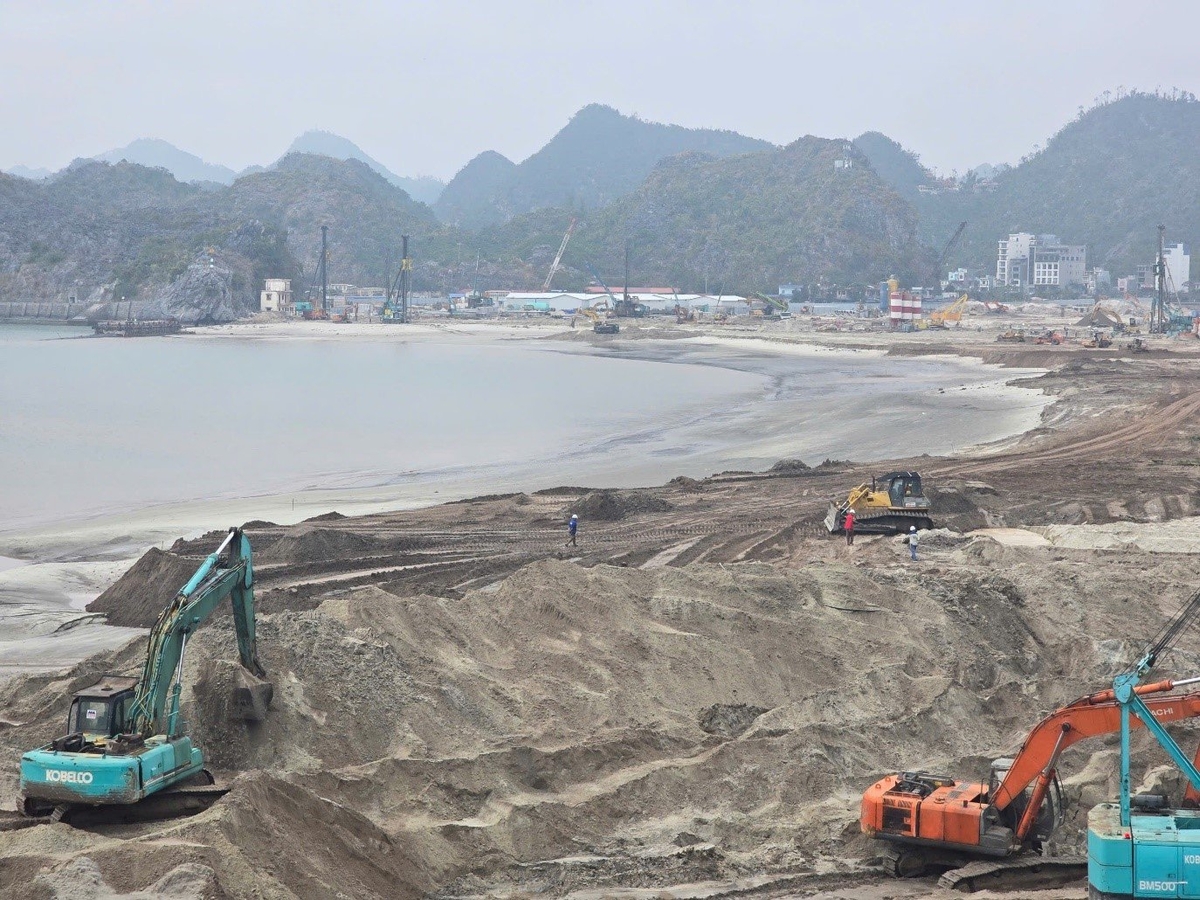
Seagrass beds in coastal areas, which are recognized for their capacity to accumulate significant quantities of carbon, have been significantly affected by industrial expansion and urbanization. Photo: VAN.
The loss of mangroves and seagrass is not limited to industrial and urban locations, which is also crucial to understanding. Nearshore seagrass ecosystems are being degraded by destructive fishing practices, including the harvesting of crustaceans with bottom trawl nets.
Agriculture, which is typical of the region, has resulted in a rise in soil erosion, which in turn causes turbidity and the loss of seagrass in and around estuaries, particularly those that are fed by large rivers, where poor land management contributes to sediment discharge.
The removal of mangroves for aquaculture development continues, frequently without regard for the valuable ecosystem services that natural mangrove forests provide. In fact, human activities have led to a fragmented mosaic of mangrove and seagrass habitats, with extraction flows, collateral harm, and waste discharges having significant environmental consequences.
In addition to these more immediate causes of habitat loss, the long-term effects of climate change are still uncertain. Nevertheless, it is possible to argue from a variety of perspectives that the production of excess plant carbon could continue to increase as long as light availability is not restricted (i.e., coastal turbidity is not intensified) and water temperatures remain within physiological thresholds. This could potentially result in an increase in sedimentary carbon stocks, as an effect of the continued increase in atmospheric CO₂ and ocean acidification.
A substantial increase in sea level is one of the most anticipated consequences of climate change. During the 20th century, the global average sea level rose at a rate of approximately 1–1.5 millimeters per year. This rate has been estimated to have increased to approximately 2.1 mm per year in more recent estimates.
It is expected that the global sea level will increase by 18–76 cm by the year 2100. It is anticipated that intertidal species, such as mangroves, will be more affected by any such sea-level rise than subtidal species, such as seagrasses.
It is anticipated that seagrass ranges will experience a less significant shift at the upper intertidal margin, potentially expanding landward. However, they may experience a decline at deeper edges due to their reliance on light. Overall, the loss of blue carbon habitats in Southeast Asia is significant, and it is imperative to resolve this issue in order to estimate the total combined carbon loss from both mangroves and seagrasses.
Previously expressed assumptions regarding the control of stock estimates, whether by natural or anthropogenic factors, may be aligned with regional models in Southeast Asia, both in terms of nationwide blue carbon stock density and spatial data on seagrass and mangrove coverage.
Blue carbon in tropical regions is less extensively investigated than in temperate zones, necessitating more precise delineation in Southeast Asia. The region has the potential to significantly contribute to the national level of organic carbon sequestration and net storage, particularly when the extant seagrass and mangrove ecosystems are combined.
Translated by Linh Linh
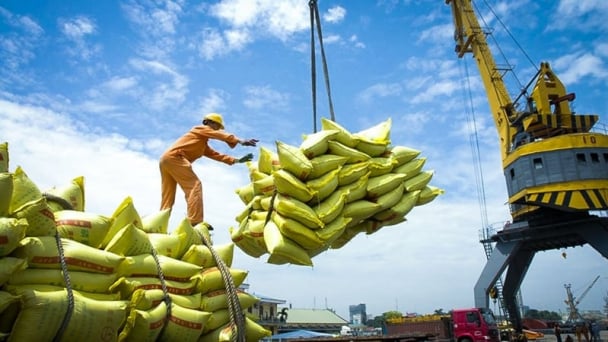
(VAN) The draft amendment to the Circular on rice export trading stipulates a periodic reporting regime for rice exporting enterprises.
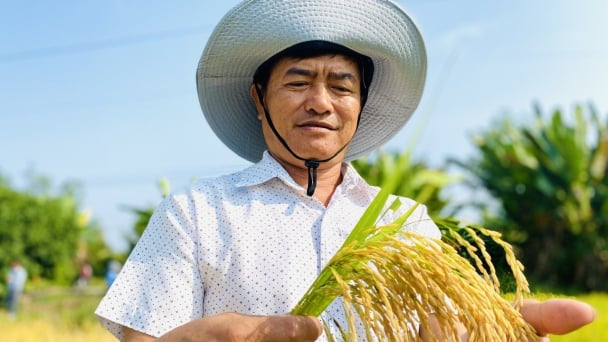
(VAN) Dong Thap farmers attained an average profit margin of 64% during the summer-autumn 2024 crop (first season), while An Giang and Kien Giang farmers followed with 56% and 54%, respectively.
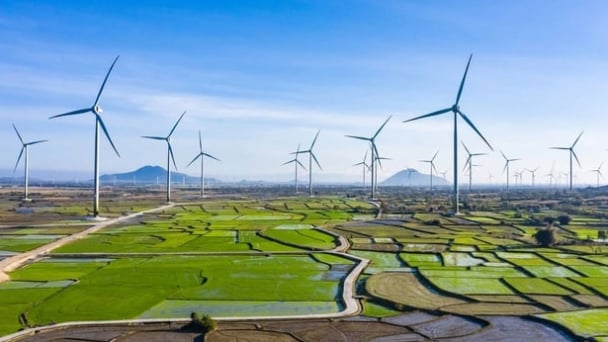
(VAN) As a doctoral student doing research on renewable energy and electrification at Harvard University, the author shares his musings on electricity, nature, and countryside memories.
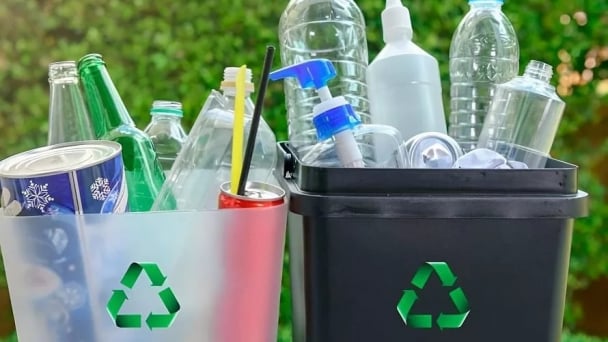
(VAN) The decree on Extended Producer Responsibility (EPR) ensures transparent management and disbursement of support funds, avoiding the creation of a “give-and-take” mechanism.
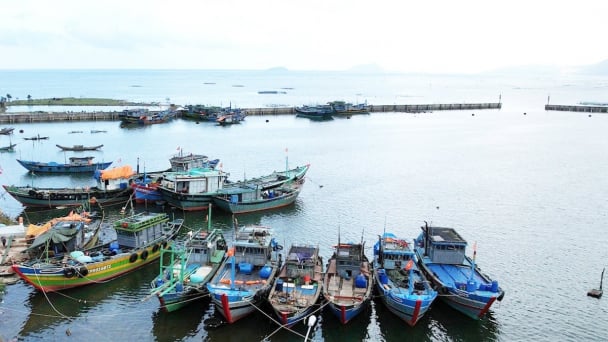
(VAN) Hue City rigorously enforces regulations regarding marine fishing and resource exploitation, with a particular emphasis on the monitoring of fishing vessels to prevent illegal, unreported, and unregulated (IUU) fishing.
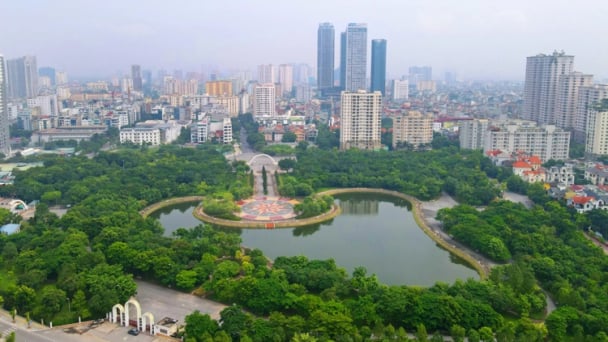
(VAN) Hanoi People's Committee has issued a plan on reducing greenhouse gas emissions in the waste management sector with 2030 vision.

(VAN) Vietnam's draft amendment to Decree No. 156 proposes a mechanism for medicinal herb farming under forest canopies, linking economic development to population retention and the sustainable protection and development of forests.